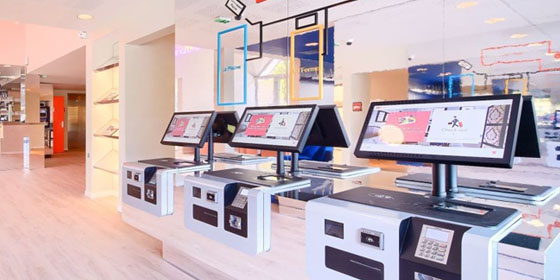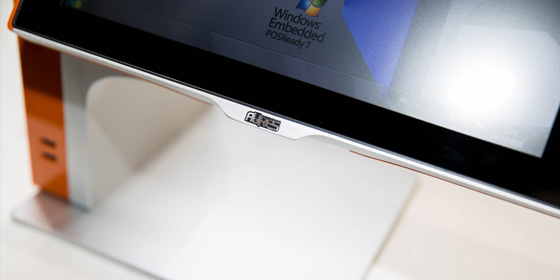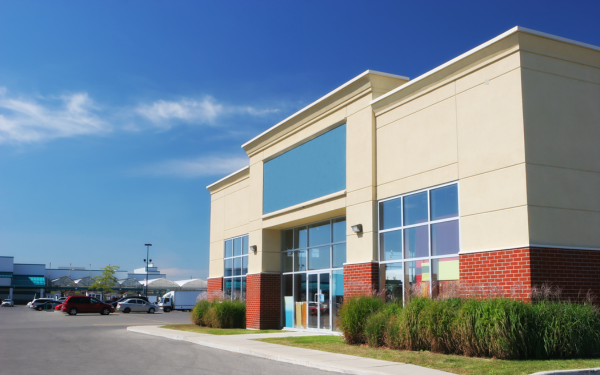We don’t often think about business as a collaborative, nurturing space where different players actively seek to support each other’s success. The popular perception is just the opposite, in fact.
Take the jungle metaphor that’s often used for retail markets. It’s all about competition, survival of the fittest. And implicit in that, we imagine a pecking order that pits the big cats at the top against the smaller operators that exist in their shadow. It’s a model that views retail as a food chain. And the apex enterprises get to feed the most.
This kind of picture doesn’t leave much room to imagine mutual understanding and learning between large and small retailers. When times get tough, the big cats pick off the small prey etc. Yet the reality is quite different.
Back in April, Walmart launched an initiative called Grow with US, a training and mentoring program aimed at helping smaller retailers learn and leverage some of the lessons from Walmart’s success. It’s the latest example of a trend towards an age-old phenomenon – small businesses learning from big, and vice versa – becoming more formalised.
But why would Walmart, or any other big box retailer for that matter, go to the trouble of spending money and resources supporting their smaller rivals?
It’s not a purely altruistic act. Sure, supporting smaller, local businesses looks good for your corporate social responsibility. But it also recognizes just how important SMEs are to the economy. 99% of businesses in the US are classified as SMEs. They account for two out of every three new jobs. Investing in small business success is investing in the health of the wider economy. It’s supporting more people in employment, higher wages, more consumer spending. And that’s clearly a good thing for the big players.
So that’s what’s in it for the big cats. What about the SMEs, what can they learn? Here are five lessons every small retailer can take away from their bigger cousins.
1. Leverage Data to Personalize Customer Experiences
Big enterprises have pioneered the use of CRM software, data analytics and now AI to personalize customer experiences with tailored communications, offers, product recommendations, and more. There’s long been a perception that personalization is technically difficult and expensive, putting it out of reach for SMEs. But with cloud-based analytics and CRM software becoming more and more affordable, and increasingly powerful thanks to AI, personalization is more accessible than ever. Start small, perhaps by personalizaing communications and offers through a loyalty program, and build from there.
2. Implement Omnichannel Strategies
It’s far from unusual for even the smallest of stores to have a website these days. But what big box retailers do that many smaller retailers don’t is integrate different channels so they work as one complete omnichannel offer. For example, it’s common for large chains to offer online order fulfilment, or promote special online discounts or additional products, in store. And it’s not just about a website and a store, either. Omnichannel is about making all channels, including social media, mobile apps, email etc all work as one.
Get started by ensuring the experience across channels in terms of branding and pricing is consistent. And use platforms like Square or Lightspeed to integrate your POS with online inventory and customer data.
3. Use Automation to Streamline Operations
Big businesses use technology to automate everything from inventory management to customer service. As with personalization, it’s easy to see automation as something beyond the reach of your average small business. You need professional software engineers to set it all up, right? Again, not any more. There’s plenty of accessible, affordable and SME-friendly software out there that will help you automate various tasks across your business.
4. Focus on Mobile Experience
97% of Americans own a smartphone. And three-quarters use their mobiles to buy online. But even when they’re not buying directly on the smartphones, consumers are using them to search for products, or check prices and reviews. They even do this when they shop in store.
Larger retailers tend to have a head start in making the most of the mobile opportunity. It’s not just about making sure your websites work well on mobile. The smartest players are also encouraging the use of smartphones in their stores, whether it’s accepting mobile wallet payments or using QR codes that customers can scan to look up product details, review etc.
5. Invest in Customer Service
Service remains an essential part of providing an experience that leaves customers satisfied, looked after and wanting to return again. Small retailers have long had a trump hand in this regard, namely in their ability to provide a very personal level of service to a relatively small customer base. This is a lesson big box retailers have taken on board for themselves.
At the same time, people want service to be quick and convenient as well as friendly and personal. There’s plenty of tech that can help with speed and convenience out there. But as with all tech solutions, larger enterprises have the advantage simply because they have the deeper pockets.
Still, small retailers cannot ignore the importance of meeting all customer expectations. Long queues at checkout will kill the feel-good factor even the most personable service will achieve. So as well as well-trained, knowledgeable staff, think about basics like throughput and customer flow through your store.
Optimize POS capacity with self-service kiosks, which also give customers another option in terms of how they get support. Or equip staff with mobile POS tablets. These devices give staff all the resources they need to provide excellent service at their fingertips, and allows them to take service to the customer.




